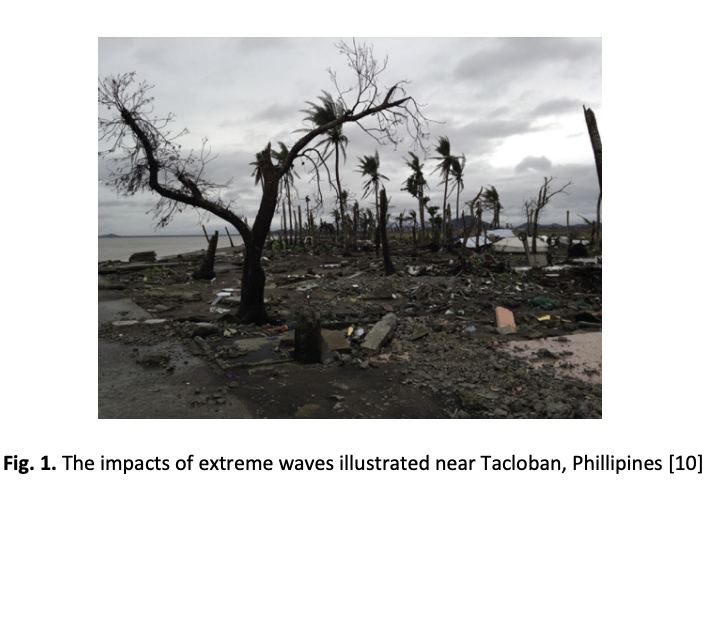A Global Review on Extreme Wave Events: Impacts and Mechanisms
DOI:
https://doi.org/10.37934/feel.3.1.5868Keywords:
Wave events, tsunami impacts, coastal vulnerabilityAbstract
Extreme wave events such as tsunamis, storm surges, and rogue waves have increasingly threatened coastal communities worldwide. However, the lack of consolidated documentation of recent events hinders effective risk assessment and mitigation. This study aims to provide a global overview of extreme wave events and evaluate their physical and socio-economic impacts, with emphasis on Southeast Asia and Malaysia. A comprehensive review was conducted using data from the NOAA Center for Tsunami Research and international disaster databases. The study examined the major tsunamis from 2018 to 2024, including events in Japan, Taiwan, Indonesia, and Mexico, along with their respective magnitudes, casualties, and infrastructural damages. Special attention was given to Malaysian coastal regions such as Terengganu and Penang, where wave-induced flooding and infrastructure destruction are recurrent during monsoon seasons. Key findings reveal that northern Malaysia remains highly vulnerable to extreme waves, often resulting in population displacement and property loss. The study also reviewed engineering advancements such as the use of carbon nanotube-reinforced concrete to enhance the resilience of coastal infrastructure. In conclusion, the research underscores the urgent need for integrated coastal risk management strategies combining hazard forecasting, sustainable structural materials, and long-term adaptation planning to reduce future vulnerabilities.











